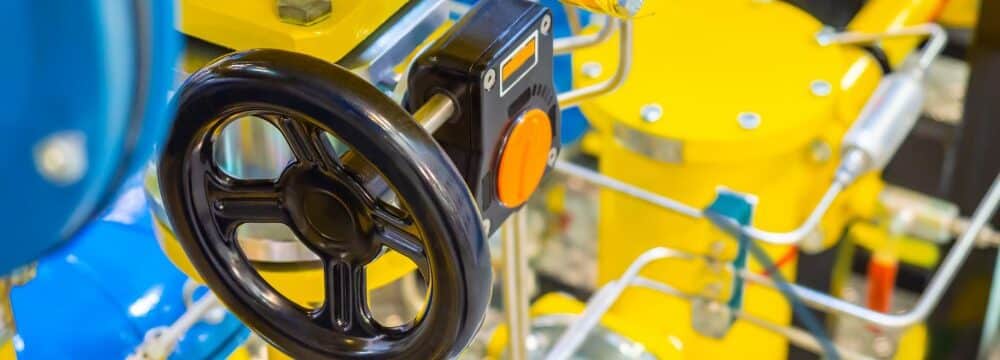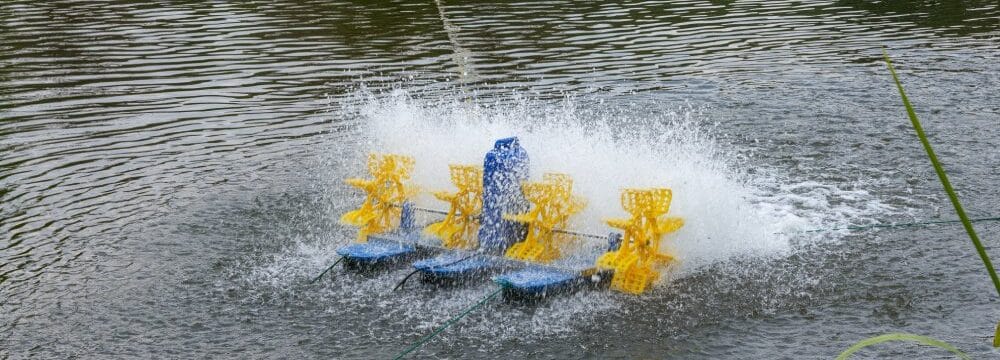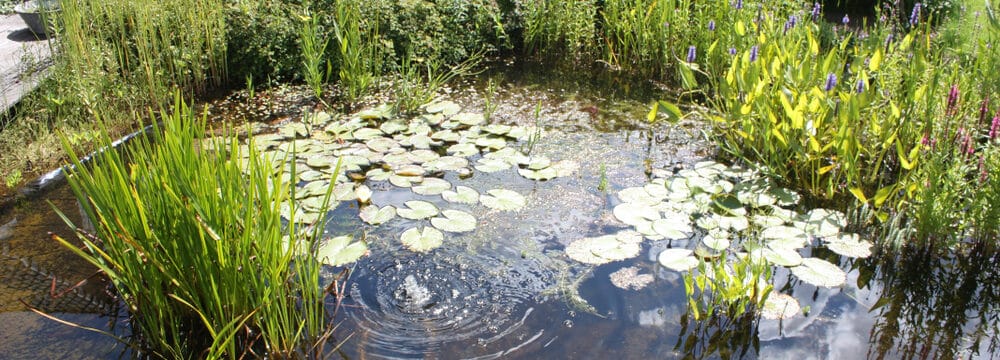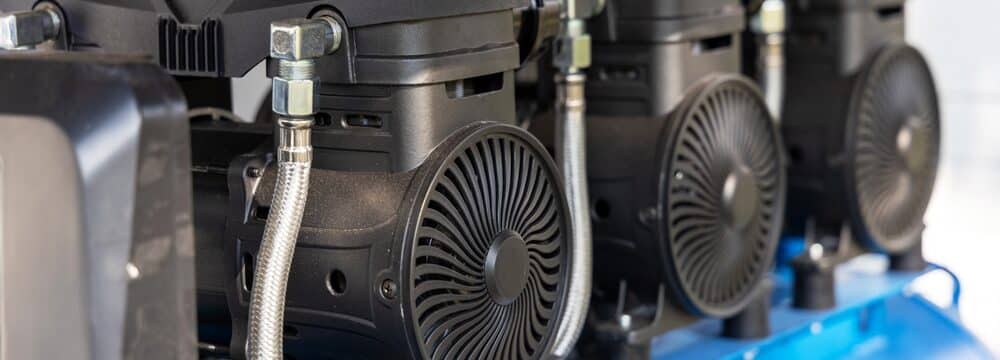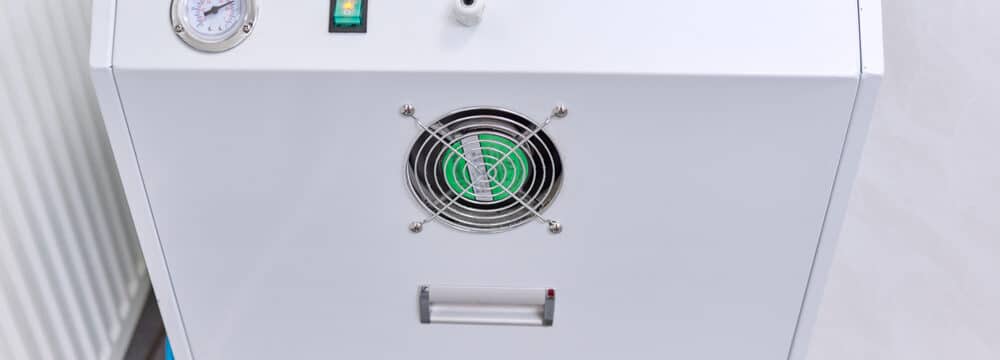In the world of environmental monitoring, uptime isn’t just a goal—it’s a necessity. Equipment like air samplers, gas analyzers, and water quality sensors depends on continuous airflow and pressure stability to deliver accurate data. When a compressor fails, it can disrupt an entire system, leading to downtime, lost data, or even regulatory noncompliance. That’s why investing in reliable compressors and environmental equipment is crucial for any organization that runs 24/7 operations.
Whether in government labs, remote monitoring stations, or industrial pollution control systems, compressor reliability is what keeps environmental technology running smoothly and efficiently.
The Role of Compressors in Environmental Equipment
Compressors are the heartbeat of many environmental systems. They power instruments that monitor air and water quality, supply controlled air for sampling devices, and maintain precise pressure in sensitive analytical tools.
Common examples include:
- Air samplers and gas analyzers require clean, consistent air pressure for accurate detection of particulates or chemical compounds.
- Environmental sensors and weather stations – use compressed air for calibration or operation in sealed systems.
- Pond aeration and aquaculture systems – rely on compressors to keep oxygen levels balanced.
- Emission control and filtration units – use air pressure to regulate valves and filters continuously.
When these compressors run around the clock, even small performance drops can cause major issues downstream.
Why Reliability Matters in Continuous Operation
In 24/7 environmental applications, compressors must operate for thousands of hours at a time. Downtime can mean more than inconvenience—it can interrupt essential data collection, damage equipment, or compromise safety.
Uptime Defines Productivity
Environmental monitoring systems are often deployed in remote or hard-to-access locations. If a compressor fails, it might take days or weeks for a technician to respond, resulting in critical data gaps. Reliable compressors minimize unplanned downtime and ensure consistent system performance.
Maintenance Intervals Affect Total Cost of Ownership
Frequent servicing adds cost, labor, and risk. A reliable compressor is engineered to extend maintenance intervals through durable components, optimized cooling, and oil-less design. Longer intervals translate to lower total cost of ownership (TCO) and fewer operational disruptions.
Mean Time Between Failures (MTBF) Reflects Real-World Durability
MTBF is a key measure of how long a component can run before a breakdown occurs. Compressors with higher MTBF ratings are built with precision-engineered parts and tested for continuous duty. In mission-critical systems, that reliability isn’t optional—it’s the standard.
TruNorth Components engineers its systems for extended MTBF, ensuring each compressor can perform dependably under continuous load with minimal wear.
The Hidden Costs of Compressor Downtime
Compressor failure doesn’t just cause equipment stoppage—it triggers a chain reaction:
- Data loss in air and water monitoring systems.
- Sampling interruptions can invalidate environmental studies.
- Calibration drift in sensitive analytical instruments.
- Reduced oxygenation in aquaculture systems, risking livestock health.
Even brief downtime can require costly recalibration or resampling, setting back projects by days. Reliable, properly sized compressors eliminate these costly interruptions.
OEM Use Cases: Environmental Equipment in Action
Air Quality Monitoring
Municipal and industrial air samplers must run constantly to detect pollutants, particulate matter, or greenhouse gases. Reliable compressors provide the steady airflow necessary for accurate readings, even in harsh conditions or remote deployments.
Water Quality Sensors
From wastewater treatment to natural habitat monitoring, these systems depend on uninterrupted aeration and sample circulation. Oil-less compressors ensure that air remains clean, preventing contamination that could skew results.
Climate and Atmospheric Research
Scientific instruments used in atmospheric chemistry or greenhouse gas tracking require precision air compression for calibration and sampling. Any downtime could invalidate datasets used in long-term environmental research.
Aquatic and Environmental Management Systems
In pond aeration and aquaculture, reliability isn’t just about uptime—it’s about survival. A compressor failure can quickly reduce oxygen levels, endangering fish populations and water quality.
Across all these applications, TruNorth Components provides compressors that deliver stable performance, clean air, and continuous duty capabilities.
What Defines a Reliable Compressor
TruNorth Components focuses on engineering reliability from the inside out. Features that set dependable compressors apart include:
- Oil-less design – prevents contamination and reduces maintenance.
- Continuous-duty rating – built to handle 24/7 operation without overheating.
- Thermal protection systems – guard against overload and extend lifespan.
- Corrosion-resistant materials – for outdoor and marine environments.
- Quiet, vibration-free operation – reduces stress on surrounding equipment.
Every TruNorth compressor is tested for performance consistency, thermal stability, and air purity—three pillars of reliability in environmental operations.
Partnering for Mission-Critical Performance
Reliability isn’t just a feature; it’s a partnership. Environmental OEMs and system integrators depend on suppliers who understand the demands of continuous operation. TruNorth Components collaborates closely with clients to design, test, and support compressor systems that integrate seamlessly into their applications.
From prototype to production, TruNorth’s engineering team ensures each compressor meets the airflow, pressure, and durability needs of the specific environmental system it supports. This partnership approach reduces risk, shortens development cycles, and guarantees dependable performance in the field.
Final Thoughts
In continuous environmental operations, downtime is not an option. Systems that monitor, sample, and protect our ecosystems rely on compressors that can deliver consistent performance year after year.
Choosing reliable compressors and environmental equipment from TruNorth Components means investing in proven uptime, longer maintenance intervals, and confidence in every measurement your system produces. Whether you’re developing air quality instruments, aquatic management systems, or climate monitoring tools, TruNorth provides the reliability your mission-critical applications demand.
 Designed, Machined & Assembled in America
Designed, Machined & Assembled in America
